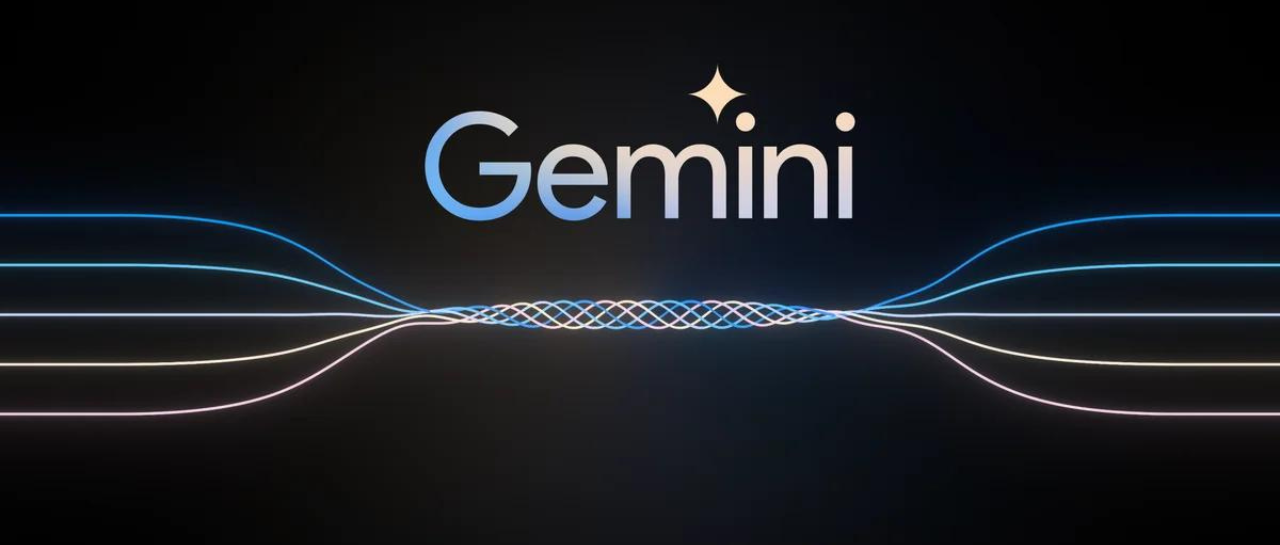2021 could be the year when the United States finally gets serious about closing the digital divide. And satellite might end up playing a big role.
In early December, the Federal Communications Commission (FCC) published the results of its
Rural Digital Opportunity Fund (RDOF) Phase I auction. RDOF represents more than $20 billion for service providers and their vendor partners to build broadband connections in rural and unserved areas across the U.S. The Phase 1 RDOF auction allocated $9.2 billion, and the Phase 2 auction will make $11.2 billion in funds available.
Surprisingly, SpaceX garnered $885 million in the Phase 1 auction. SpaceX has committed to use the money to bring its Starlink broadband satellite service to 642,925 rural homes and businesses across 35 states.
RELATED: Charter scores big in Phase I of the FCC’s RDOF auction for rural broadband builds
Starlink has not been commercially deployed yet. SpaceX is still in the process of testing it. But if successful, Starlink will not require any major construction to reach rural areas. Its fleet of about 700 low-Earth orbit (LEO) satellites will connect to people’s homes via a dish.
For the beta tests currently being conducted, the Starlink service costs $99 per month, and customers have to pay $499 for the necessary equipment and installation, according to CNBC.
RELATED: Marek’s Take: Will LEO satellite systems be able to bridge the digital divide?
Amazon’s Project Kuiper is another new satellite entrant. Amazon plans to invest $10 billion to deploy 3,236 LEO satellites and deliver satellite-based broadband across the U.S. Amazon also expects Project Kuiper to provide backhaul for wireless carriers, extending LTE and 5G service to new regions in the U.S. and around the world.
The company said in December that it completed initial development on the antenna for its low-cost customer terminal, a critical part of the Kuiper System.
Satellite broadband beyond the U.S.
Besides reaching unserved areas of the United States with broadband, satellite players are also looking at global needs.
AST SpaceMobile, headquartered in Midland, Texas, is building a global broadband cellular network in space to operate directly with standard, unmodified mobile devices. AST SpaceMobile is working with Vodafone Group to launch the first phase of its mobile communications service in 2023. Its initial goal is to cover the 49 largest countries in the equatorial regions of Africa.
AST SpaceMobile’s initial launches will use 20 satellites targeting Vodafone markets including the Dominican Republic of Congo, Ghana, Mozambique, Kenya and Tanzania.
In mid-December, CNBC reported that special-purpose acquisition company New Providence will take AST SpaceMobile public through a deal that gives the space company an equity value of $1.8 billion. AST SpaceMobile’s current investors include Vodafone, Rakuten and American Tower.
Another satellite player is U.K.-based OneWeb, a company that has been around longer than other satellite broadband providers. But it has struggled financially. In November, OneWeb emerged from Chapter 11 bankruptcy and confirmed that its new owners are the U.K. government and Bharti Global. OneWeb plans to offer broadband connectivity services via a constellation of 650 LEO satellites. Currently, the company has 110 satellites in orbit.
And finally, other satellite players providing residential broadband include Viasat and HughesNet. In October Viasat said it had completed the roll-out of its satellite residential internet service to 100% of the states in Brazil.













